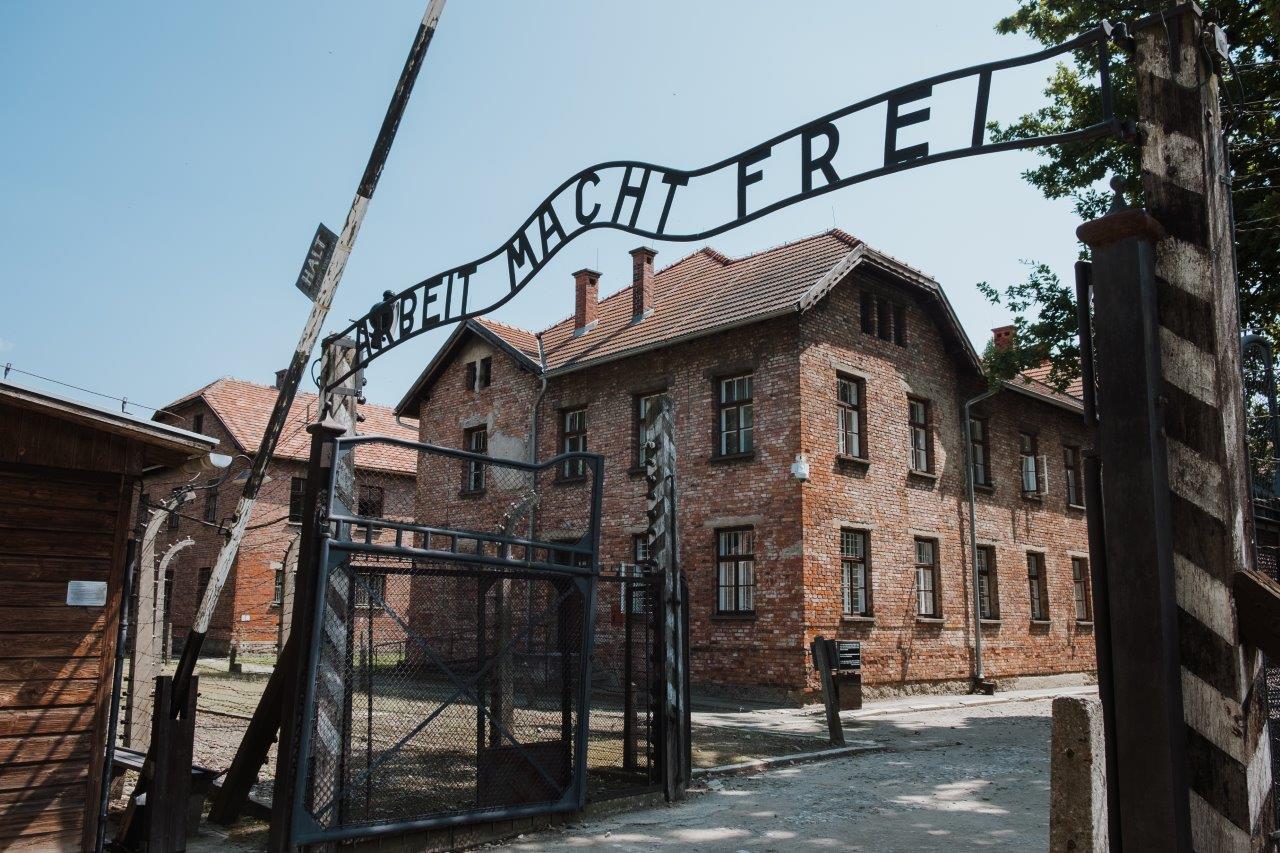
A visit to the Museum at Auschwitz-Birkenau, the former Nazi Concentration Camp that saw the murder of 1,100,000 people is more heart-breaking than you can imagine.
While I have neither the authority nor the ability to appropriately explain the story of Auschwitz and the horrors that went on here, I want to share my experience in the way that I do best: through photographs.
When visiting the Museum at Auschwitz-Birkenau, you should book a guided tour. The 3.5 hour tour will take you to both the concentration camp at Auschwitz I and the death camp at Auschwitz II or Birkenau. The tour guides are exceptional - they give a moving, heart-wrenching tour that teaches you everything there is to know about the history of the camp.
"If we forget, the dead will be killed a second time." - Elie Wiesel
The tour begins with a ten-minute film preparing you for what you're about to see, showing photographs taken by the SS during WWII. Tours leave regularly and are available in multiple languages, which you will hear through headphones so that the guides can speak quietly and you don't need to all be gathered together in a group. You will spend about 1.5 hours in Auschwitz I before traveling by free shuttle to Birkenau for another 1 hour tour there.
Logistics aside, here is my visual experience of visiting one of the darkest places in history:
Auschwitz I

First view inside Auschwitz I
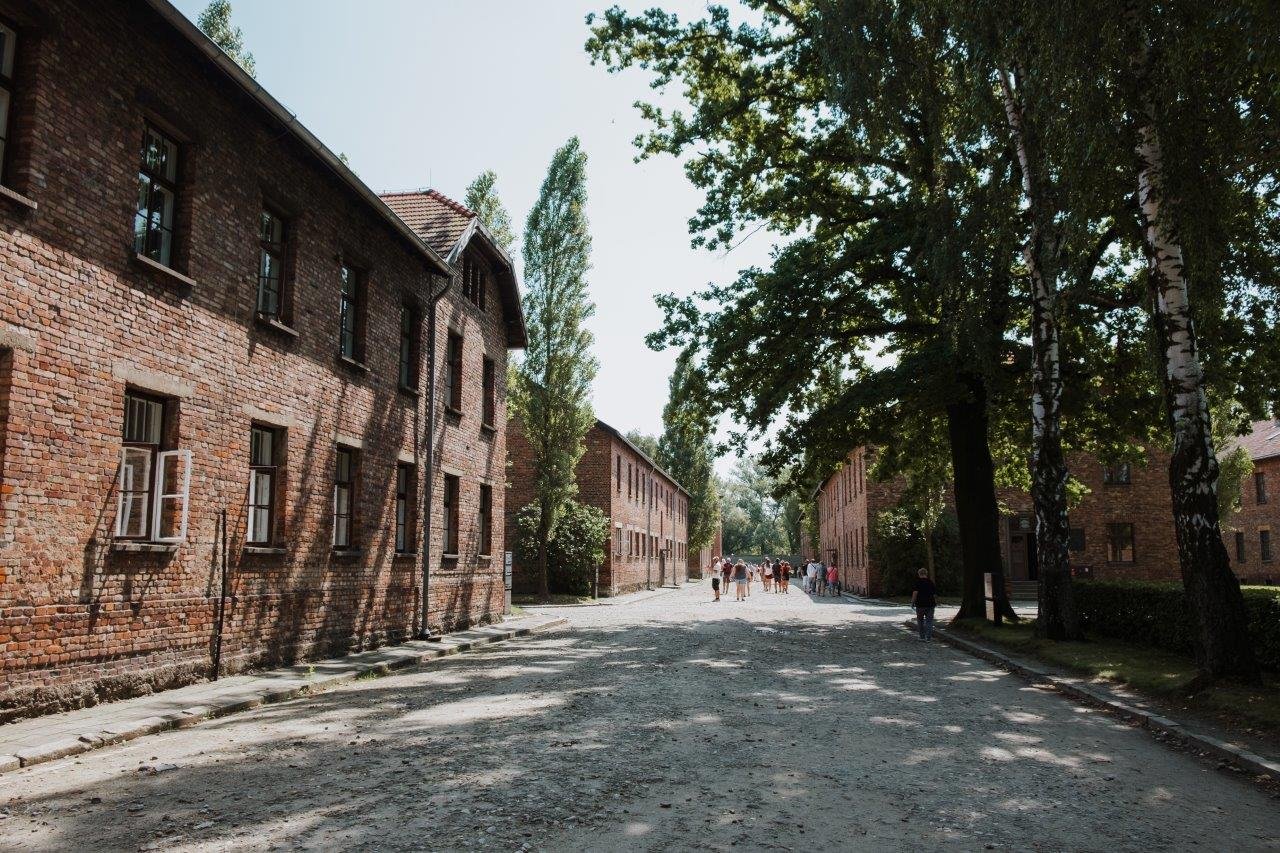
Block 24 on the left, and where the camp orchestra played on the right to keep the prisoner's marching on time
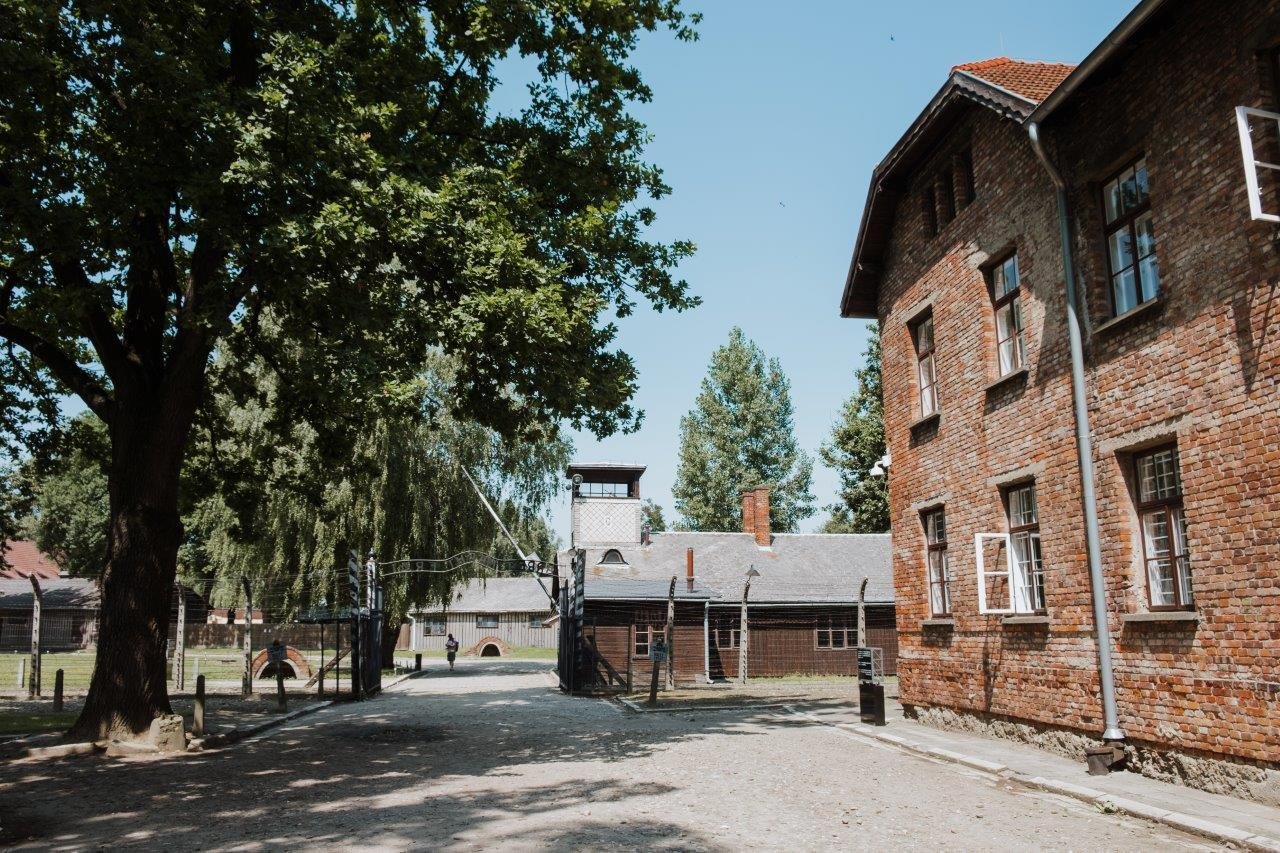
Looking back towards the Arbeit Macht Frei Gate (Work Makes Free)
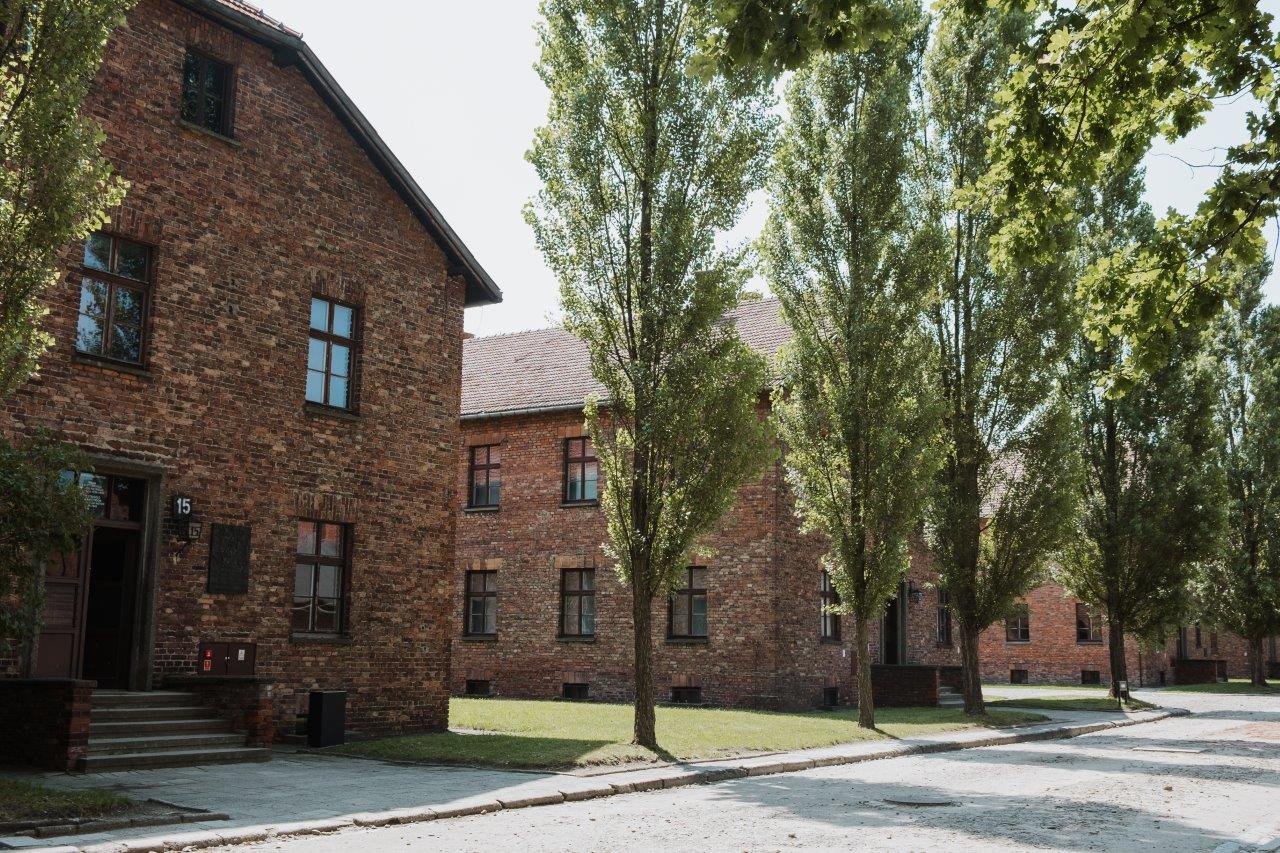
Looking down a street of prison blocks, with Block 15 closest to the camera

A row of prison blocks

Looking out the window of Block 4

Photo by SS in Block 4 showing the selection process whereby healthy prisoners (30%) were sent to work and the rest (70%) were sent to the gas chambers
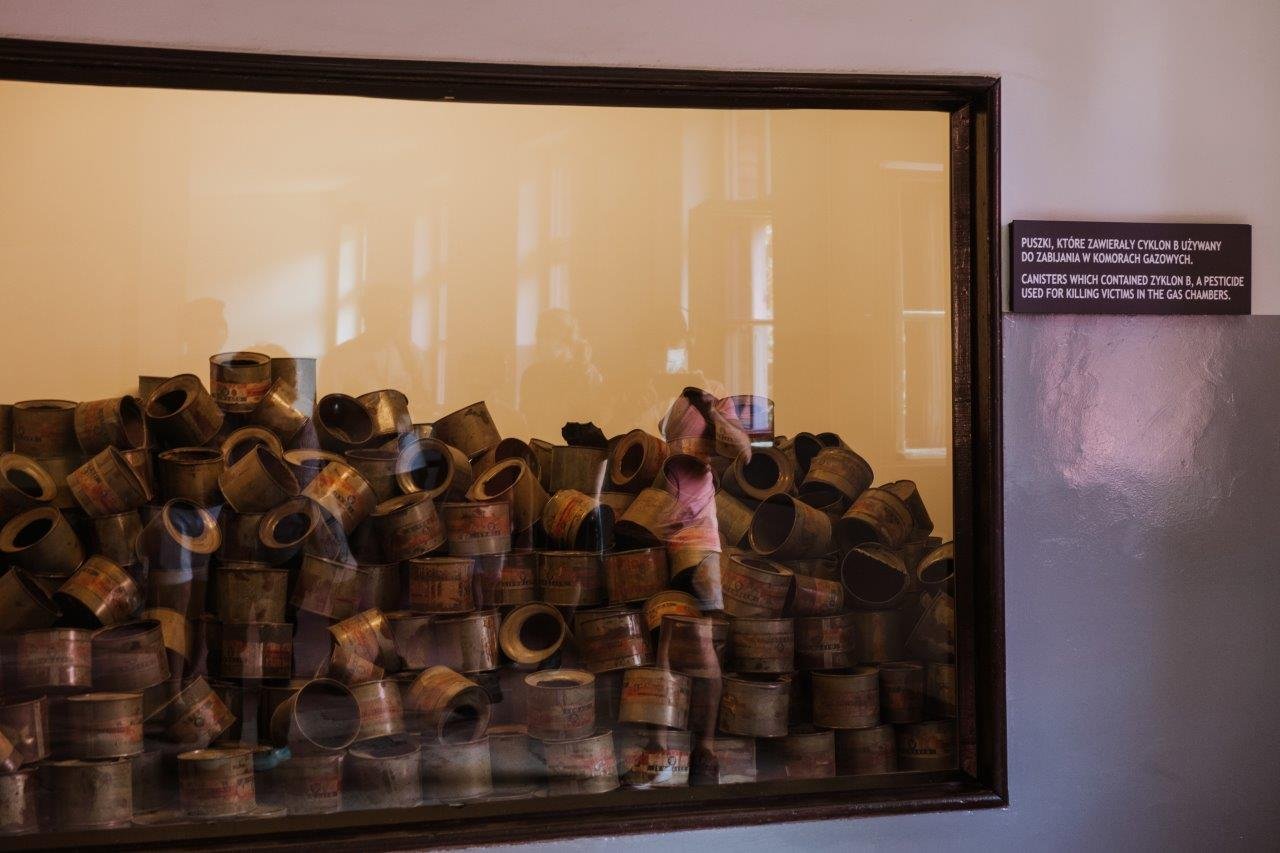
The cannisters of Zyklon B used to kill in the gas chambers, in Block 4

Block 16, identical to the other blocks

Discarded suitcases, with the names of the murdered written in chalk - they thought they would get their luggage back after their "shower", in Block 5

The courtyard of Block 11, known as the Death Wall, where murders took place by shooting

A warning sign posted at the edge of the camp, near Gas Chamber I

Looking from the outside in
Birkenau (Auschwitz II)

The Entrance Gate to the death camp at Birkenau, through which railcars carrying prisoners arrived
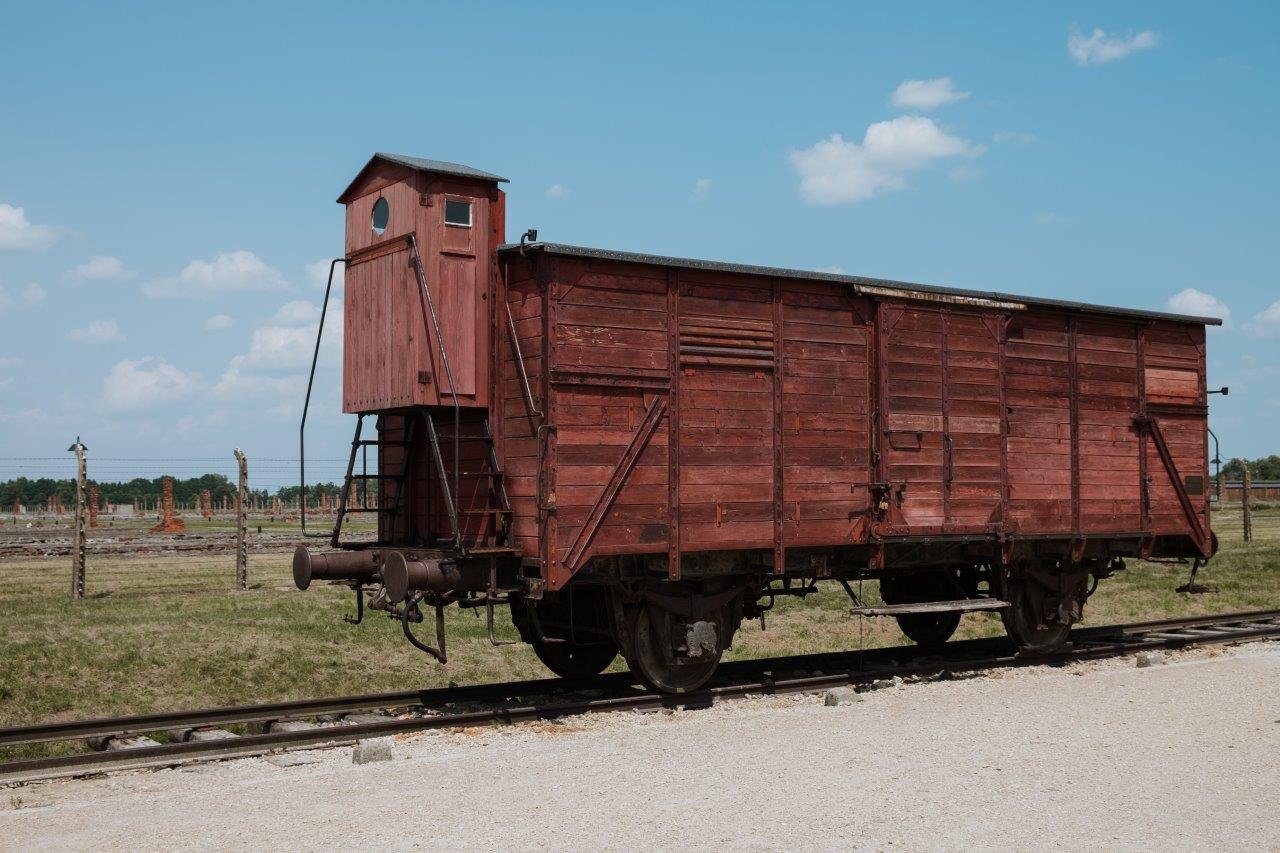
The cattle cars in which prisoners were brought from all across Europe to Auschwitz, often standing for days at a time without food or water
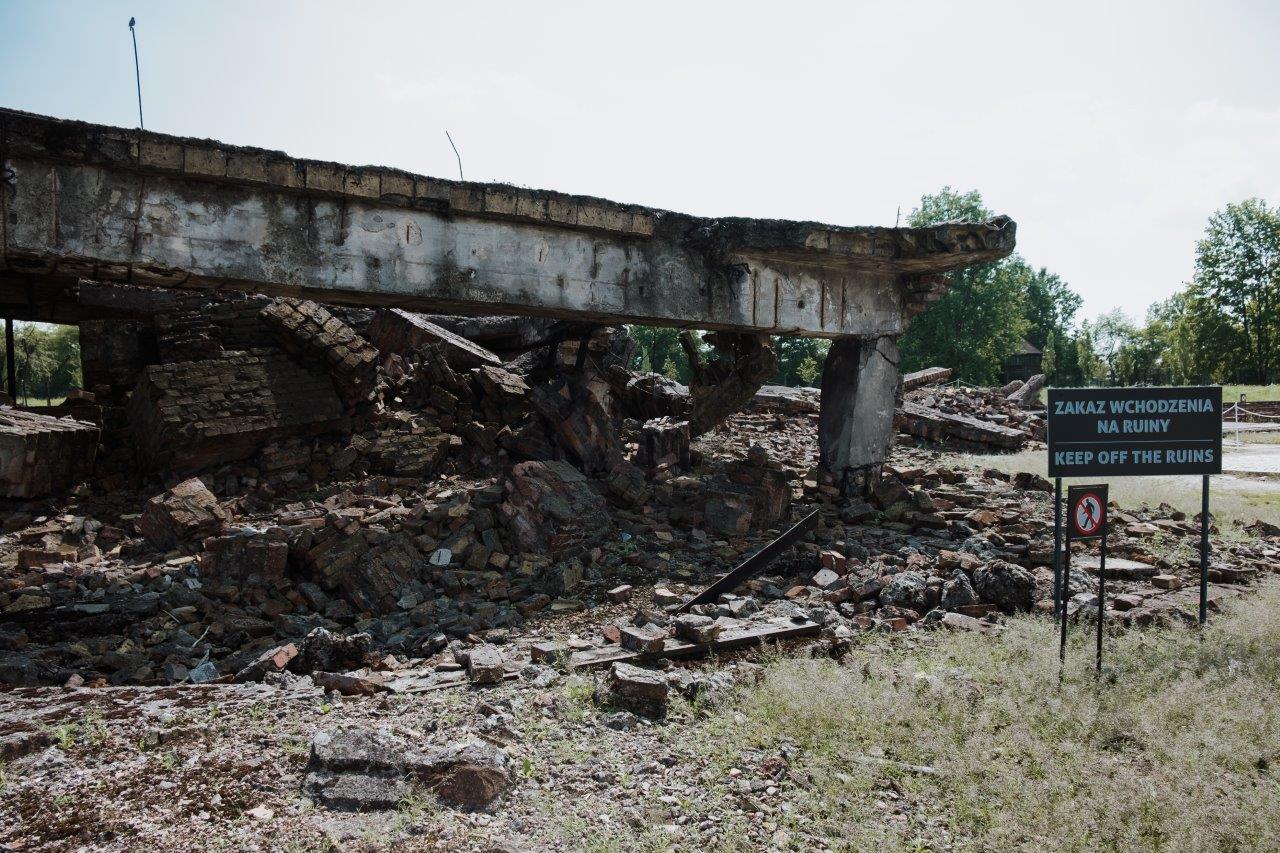
The destroyed Gas Chamber II

A model reconstruction of Gas Chamber II is in Auschwitz I in Block 4

The Camp Kitchen where prisoners' meals were served: coffee for breakfast, soup for lunch and bread for dinner - starvation was a major cause of death in the camp

Where women prisoners no longer fit to work awaited death by gas chamber in their final days

5-8 women would sleep on each of the 3 levels, made of brick and wood, and were given no food or water in their final days
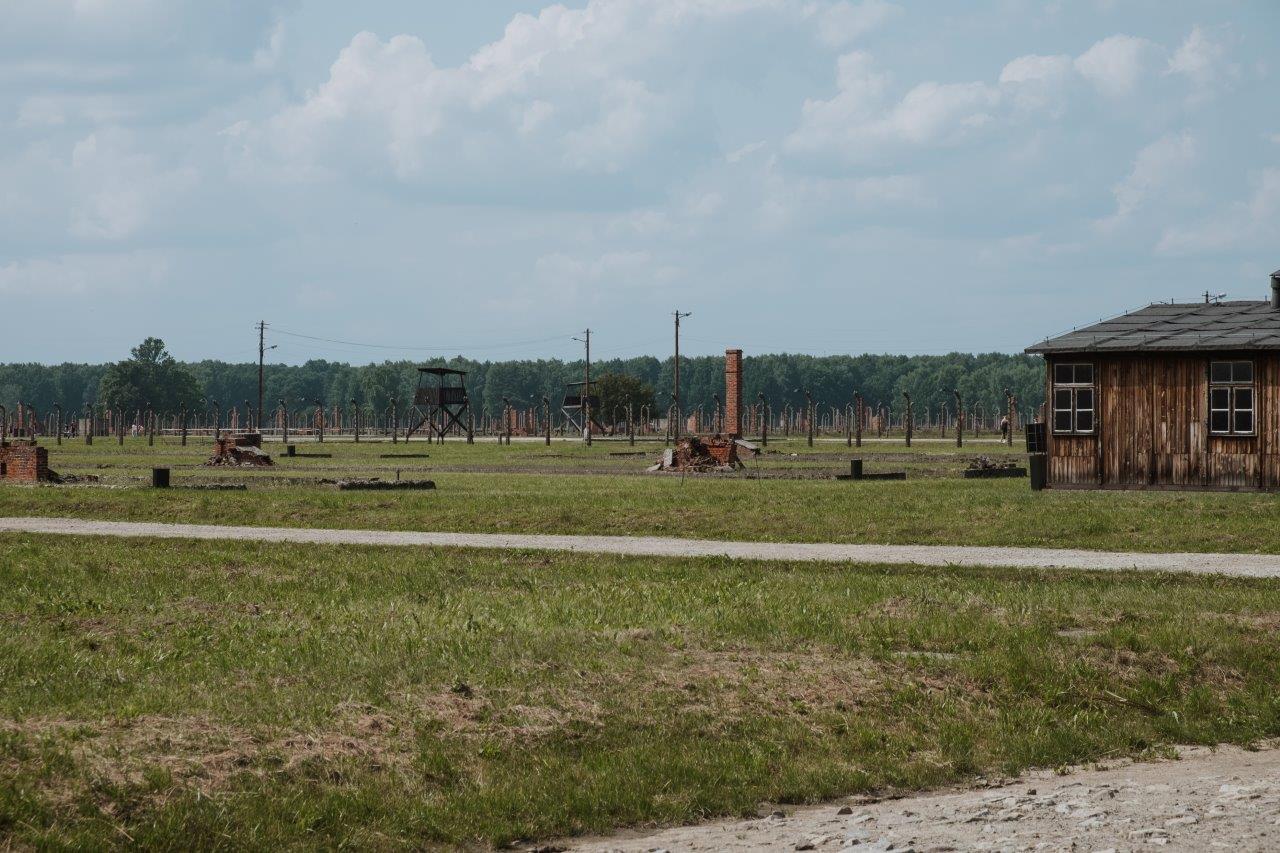
Looking over the destroyed wooden blocks of Birkenau; they were disassembled after the Soviets liberated the camp and used for firewood
Hi! I’m Jana, a Dutch-German-British-Canadian with a dream of seeing every country in the world. I am a storyteller, photographer and adventurer passionate about documenting and sharing my travels.
